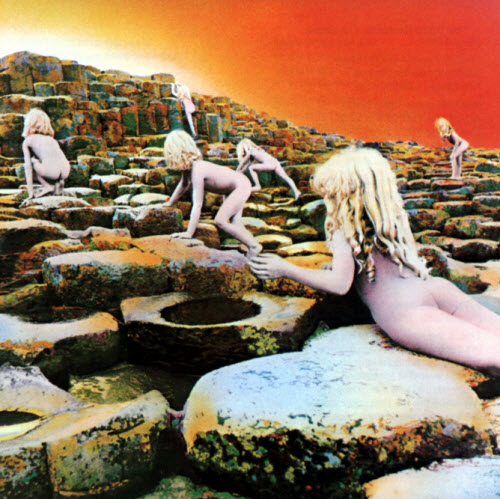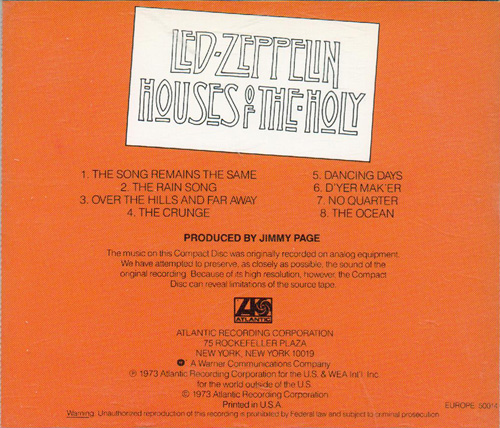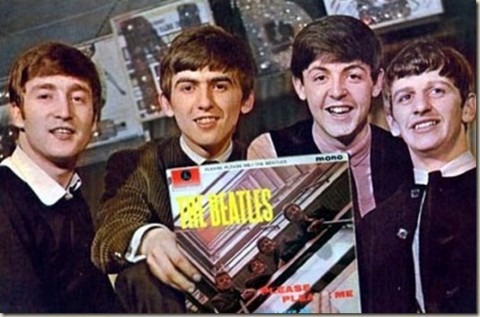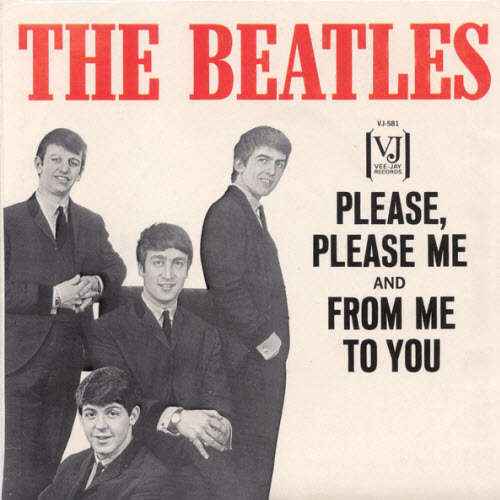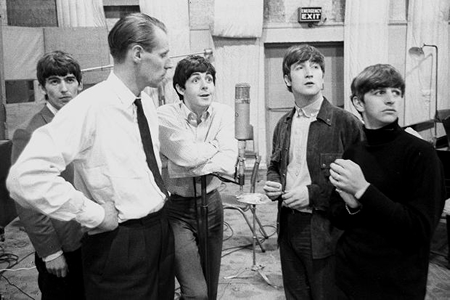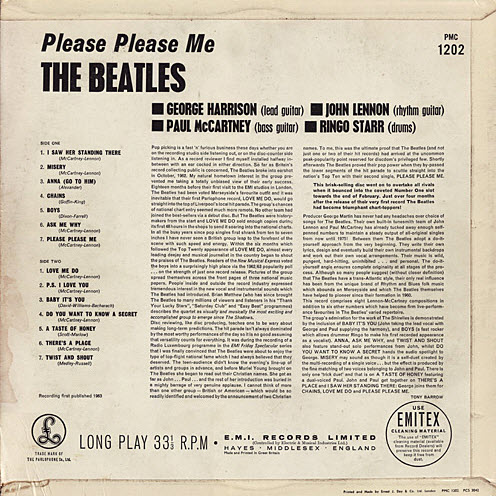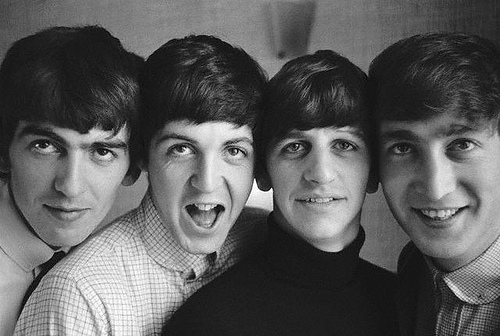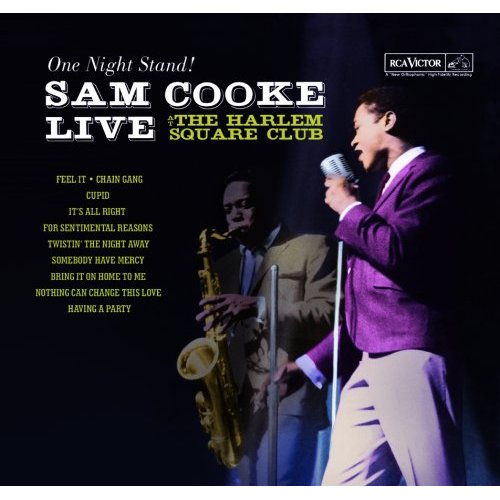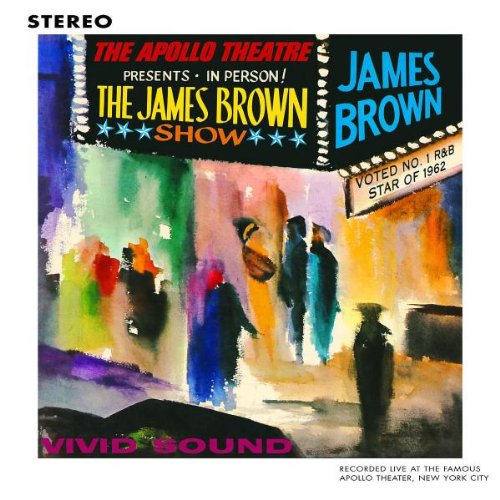
“And right now, right now, right now it’s time to… kick out the jams, motherfuckers!”
Let’s continue with my countdown of 30 the best live albums ever, at 22 I have MC5‘s ferocious Kick Out The Jams.
I was into punk when I grew up, and not metal. There were two camps in our little town when I grew up. When us punk fans listened to Detroit music, we listened to The Stooges. When the metal kids listened to Detroit music, they listened to Kiss. MC5 were something in the middle, to me they are the ancestors of both punk-and metal music. Their attitude was punk and their riffs were the inspiration of many metal bands. Together with Detroit sparring partners The Stooges, The Motor City Five were truly an anomaly in the peace-and-love hippy climate of 1967.
Kick out the Jams (1970):
And they looked great!
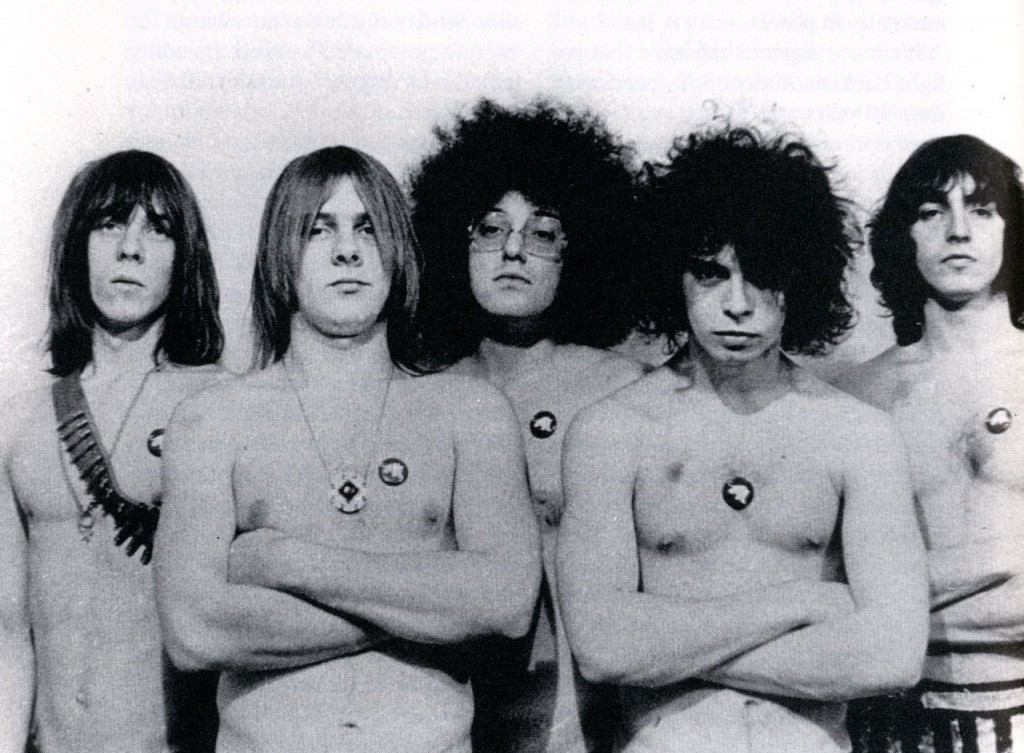
…and the borders between the genres have blurred since my childhood, I now like good music no matter what genre or where it comes from.
On new years eve in 1968, MC5 recorded this earthquake , this thunderstorm, Kick Out The Jams. Not everyone’s new year, but the followers of Zenta, The religion of MC5. To us who have no religin or who has other beliefs and follows the ordinary calendar, it was recorded at the Grande Ballroom in Detroit on the Halloween weekend, 30. and 31. October. It was released in February 1969, through Elektra Records.
I know, they were a special group of people…
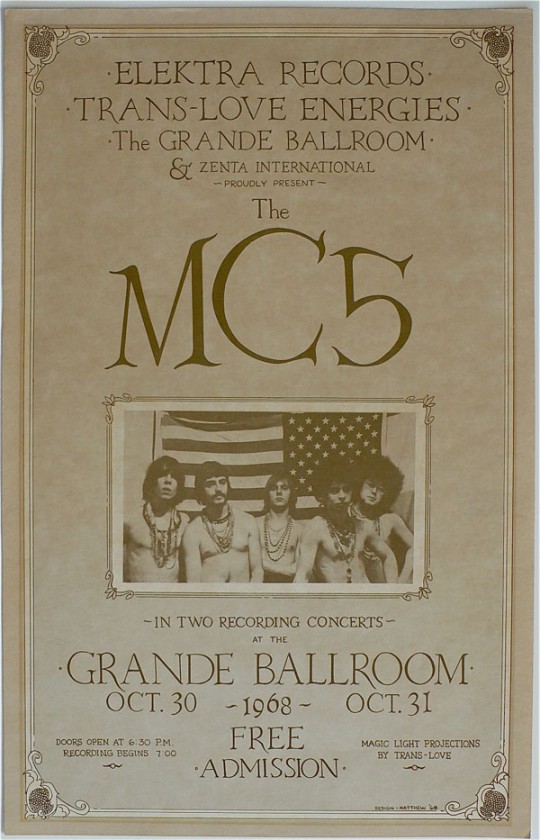
MC5 was formed by their time, the Vietnam War and the social changes, this was garage rock with a rage not known to anybody before (and very rarely since). The guitars acted as assault weapons in their war against conformity.
John Sinclair (poet) was instrumental in leading the MC5 into creating the soundtrack for the new party The White Panther Party, which had the fitting slogan: “Rock’n Roll, dope and fucking in the streets”.
Video where John Sinclair is reading the liner notes from the album:
This was danger caught on vinyl!
Continue reading 30 Best live albums countdown: 22 – Kick out the Jams by MC5

